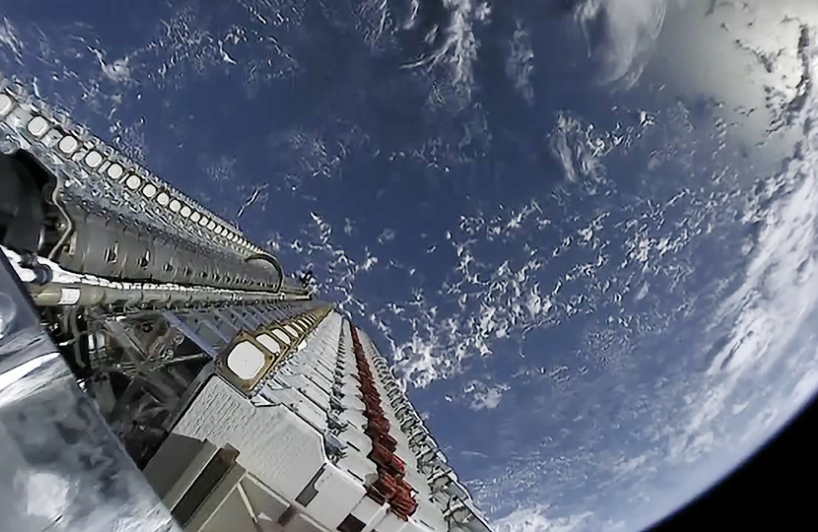The MST Reader is a series of overviews of interesting and timely topics that affect our world.
The MST Reader: The World’s Internet
While the Internet lets us communicate around the world, it still doesn’t go everywhere and it still doesn’t reach everyone.
Roughly half the people who live on Earth have Internet access — around 4 billion people. Those percentages skew depending on where you are, with a much higher rate of connectivity in wealthier countries, and lower in poorer ones: roughly 80% in the developed world, and around 40% in developing countries. Grouped by geography, the areas with the lowest rates of Internet access are in Africa, South America and Asia.
Internet access had become a staple of modern life even before the pandemic hit, but the COVID-19 crisis and its drive toward remote work and virtual meetings underscored the gap between those who have access to reliable Internet connections, and those who don’t. Even in the United States, there are roughly 30 million people without access to a reliable hi-speed internet connection.
Fiber optic connections are some of the fastest connections, but also the most costly and hardest to find, often available only in large cities. Cable broadband is relatively widespread, but doesn’t always reach rural areas with a low population density — laying a physical cable isn’t economical if it’s only serving a few homes.
Wireless access over a cellular network can connect users in some of these regions where cable doesn’t reach, though speeds tend to be slower. However, cell towers aren’t everywhere, either.
Satellite internet service is one possible answer to increasing coverage worldwide. Networks of thousands of satellites can provide service to remote regions where cables and cell towers are unlikely ever to reach, and projects like SpaceX’s Starlink service aim to do that. More than a thousand Starlink satellites are already in orbit. Initially the network has demonstrated speeds of up to 100 Mbps, but the plan is to increase that to as much as 10 Gbps.
People are starting to think of Internet access as more like a utility than a luxury, and that may open the path for governments to invest in broadband infrastructure to reach citizens in places where it isn’t profitable to provide Internet access otherwise. For example, lawmakers in Washington state are looking at legislation to allow towns and public organizations to offer broadband directly to their underserved citizens.
Government involvement can be critical in a last-mile problem like this. In the United States, the Rural Electrification Act of 1936 provided the funding to bring electricity to the more remote communities and farms to whom it hadn’t been profitable to build the necessary electricity infrastructure up until then.
Lack of Internet access makes it harder to participate in a global economy, which in turn increases the wealth gaps between more rural and more urban communities. Whether that second half of the Earth’s population is ultimately served Internet through private ventures, government intervention, or not at all, remains to be seen.
Further viewing:
More about Starlink:
